Chapter 3: Writing a research protocol using SAS
Figure 3.1 Output for sample size for a prevalence from SAS

Figure 3.1 Code
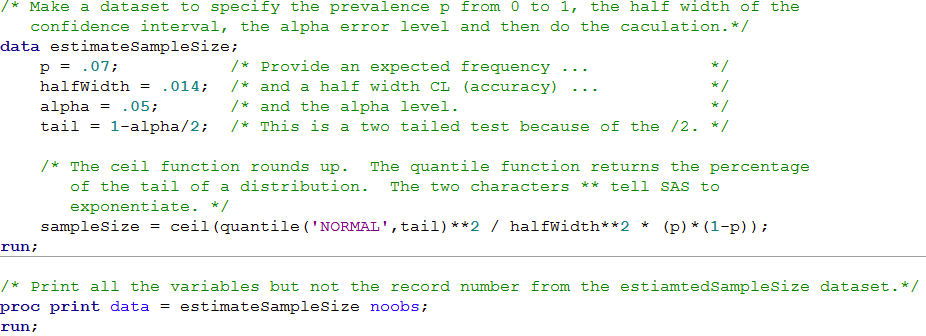
Figure 3.2 Output from sample size for two proportions from SAS
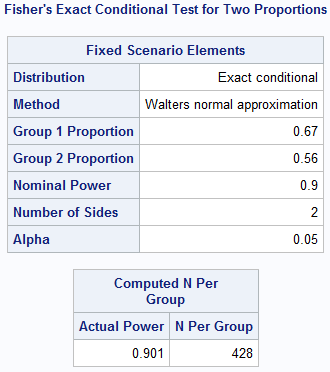
Figure 3.2 Code
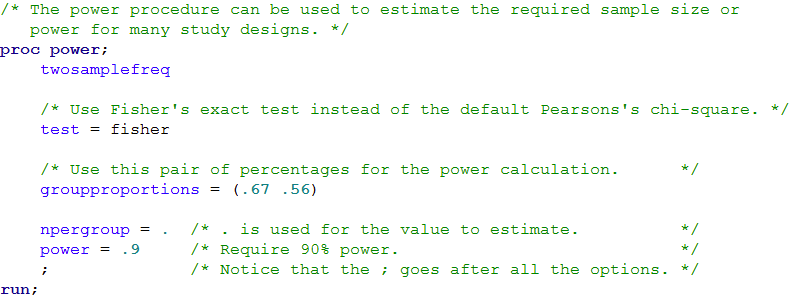
Figure 3.3 Output from SAS for sample size of the difference between two means
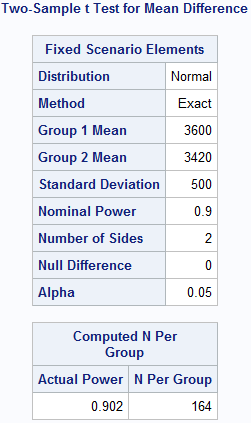
Figure 3.3 Code
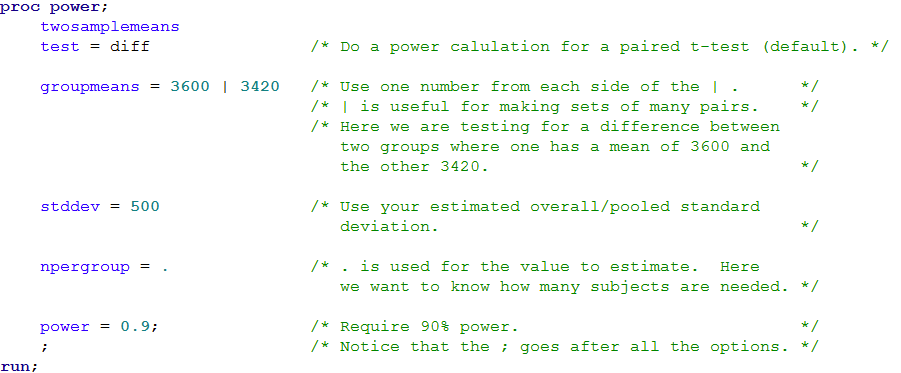 Click here to show code as text
Click here to show code as text